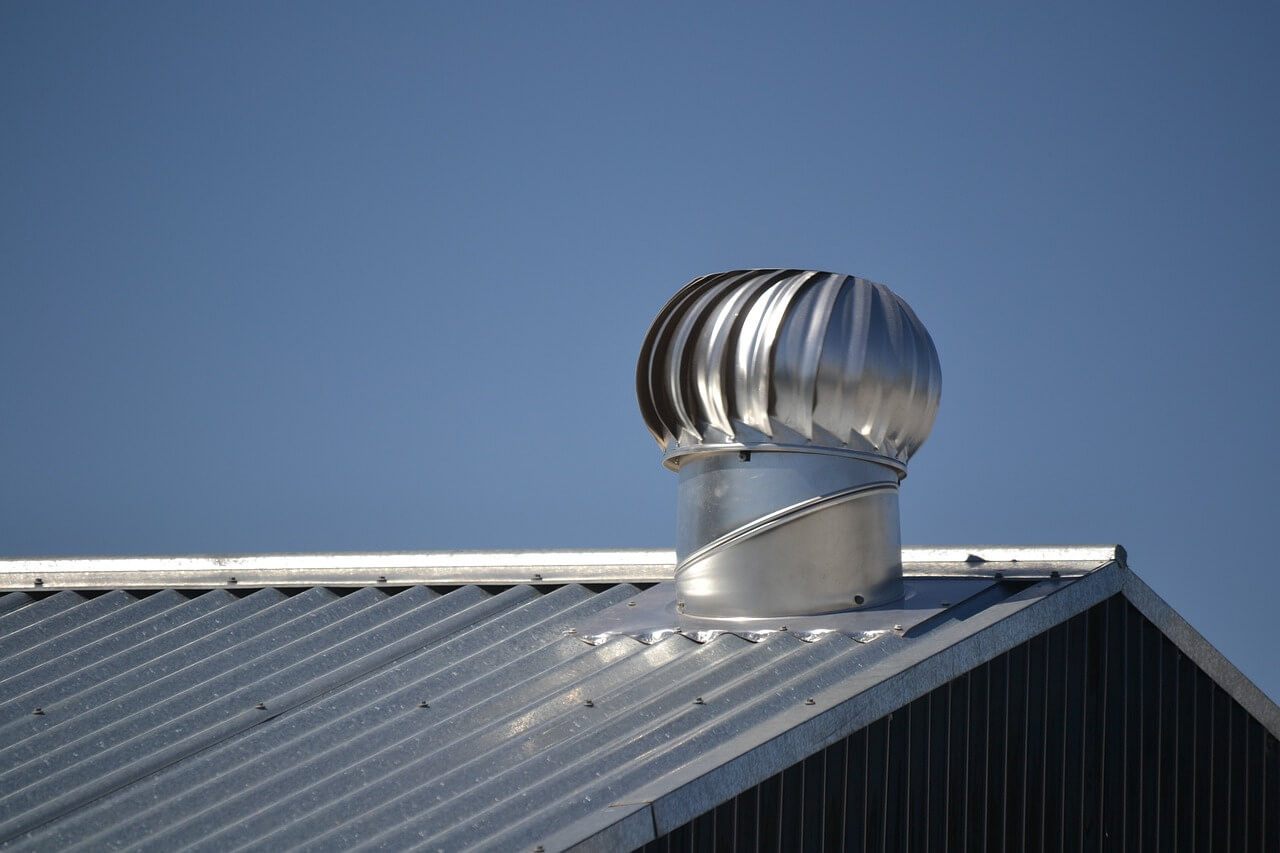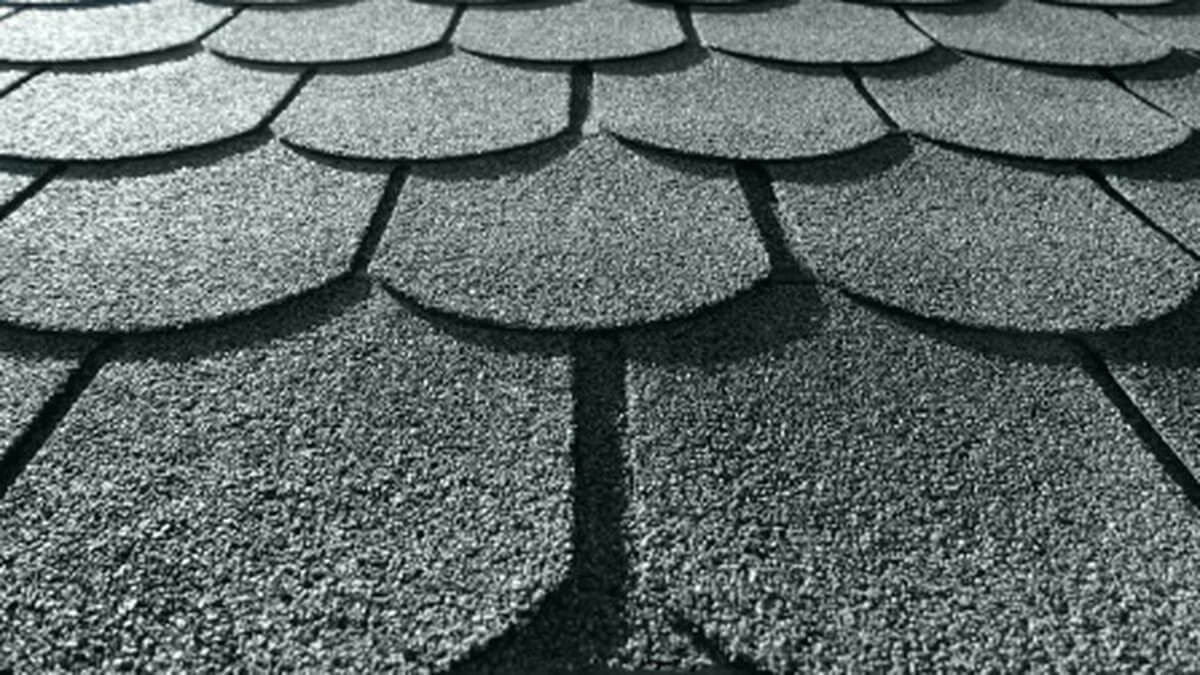Pros and Cons of Roofing Material- SkillSewa

Roofs are not only meant for protection- they are meant for
good looks too. Different roofing material serve different purposes and
demerits. It all depends on which climate you are using a particular type of
roof. Some roofing materials give higher resale value but lower value on
insurance. Some roofing material are more fire resistant than others and are
suitable in fire-prone areas.
We try to explain you some of the roofing materials with
their pros and cons and this will help you decide which roofing material you
will be using.
Types of roofing material
There are different types of roofing material like metallic
roofing, Clay tile roofing, slate tile roofing wooden roofing and Asphalt
Roofing.
Metal Roof

Metal Roof are available in different metal types, shapes and sizes. They are considered the most durable among all other types available. Some metals used in metal roof are Steel, Aluminum, copper, Zinc and Terne. The most commonly used metal is steel and others follow after steel.
Pros of Metal Roofing
- The metal roofing is highly reflective and makes the
building energy efficient to a large extent because they release energy in the
evening unlike clay roofing that absorbs energy for a long time.
- Metal roof is durable and often last a lifetime.
- Metal roof are easier to maintain.
- The property with metal roof are valued at a higher price
than other roofing options like wooden and asphalt roofs.
- Metal roofing is considered environment friendly because it
can be completely recycled.
- Metallic roof is free from crack, split, mold most of the
time. If by chance an issue like cracks or mold occurs, the maintenance is very
easy.
Cons of Metallic Roofing
- Metallic Roof, if installed alone will give noise during
rain. But different padding systems have evolved in construction industry that
can absorb the noise emitted by the patter of rain.
- Metal roofing loses its color due to rain, trees falling
over them and therefore requires frequent painting.
- Though steel don’t get marks on them, roofing made up of
softer metal like aluminum and copper have dents on them
- Steel with zinc coating will be prone to rust and require
zinc coating. Most of the metal roofing companies give zinc coating to steel
roofing.
Clay Roof Tiles

The rectangular shaped clay roof tiles are made up of clay
or shale. They are manufactured by firing them into the kiln.
Pros of Clay Roof
- Extremely Durable: While metallic roof have a durability
period of 50 years, clay roof tiles are durable for a hundred years time
- Resistant to Extreme weather: Clay roof can resist frost or
rain without the pores absorbing and holding water.
Cons of Clay Roof
- Clay roof are sensitive and not resistant to pressure. Clay
tiles are difficult to work with for the workers and might cost heavier due to
time involved in installing and maintenance.
- Clay roof are fragile because of altering climates. They
become more brittle upon passing time and can break easily.
- Clay roof are heavier than other types of roof and requires
load bearing structure to support them
- Clay Roof are available only in a few colors. Therefore,
architects cannot play much with overall looks of the building.
Asphalt Shingles

Asphalt shingles are composed of organic material or
fiberglass. Be it organic material or fiberglass, the material is saturated
with asphalt to form Asphalt Shingles.
Pros of Asphalt Shingles
- They are available in different colors like red, blue and
green though the most popular colors are black and white.
- No fear of rust as in metal roofing.
- If you are fond of traditional looks, then asphalt shingles
can be your choice. It looks marvelous than metallic roofing that look modern
but not as great as asphalt shingles.
Cons of Asphalt Shingles
- Though not the best point to jot down, Asphalt shingles is
durable only up to 20 years as compared to metal roofing, slate tiles and clay
tiles that are durable for almost 50 years or more than that.
Slate Roofing

As the name suggests, slate is used in slate roofing. The
color of slates depends upon the color of mineral. There are two kinds of slate
roofing, namely natural and synthetic roofing. Synthetic slate roofing is
lightweight and actually made up of rubber, plastic and other synthetic
materials.
Pros of Slate Roofing
- Among all roofing type, they are extremely durable.
Durability actually depends on hardness. Hard slate is durable up to 150 years
whereas soft slate is durable up to 75 years.
- They give traditional looks and are available in various
colors. The color of slate with hematite is purple whereas the slate of higher
carbon content is gray or black in color.
Cons of Slate Roofing
- The weight of the slate is very high and the cost of
installation is high because of slate being heavy and difficult to handle.
- The requirement of structure supporting slate roofing is
very high and costly.